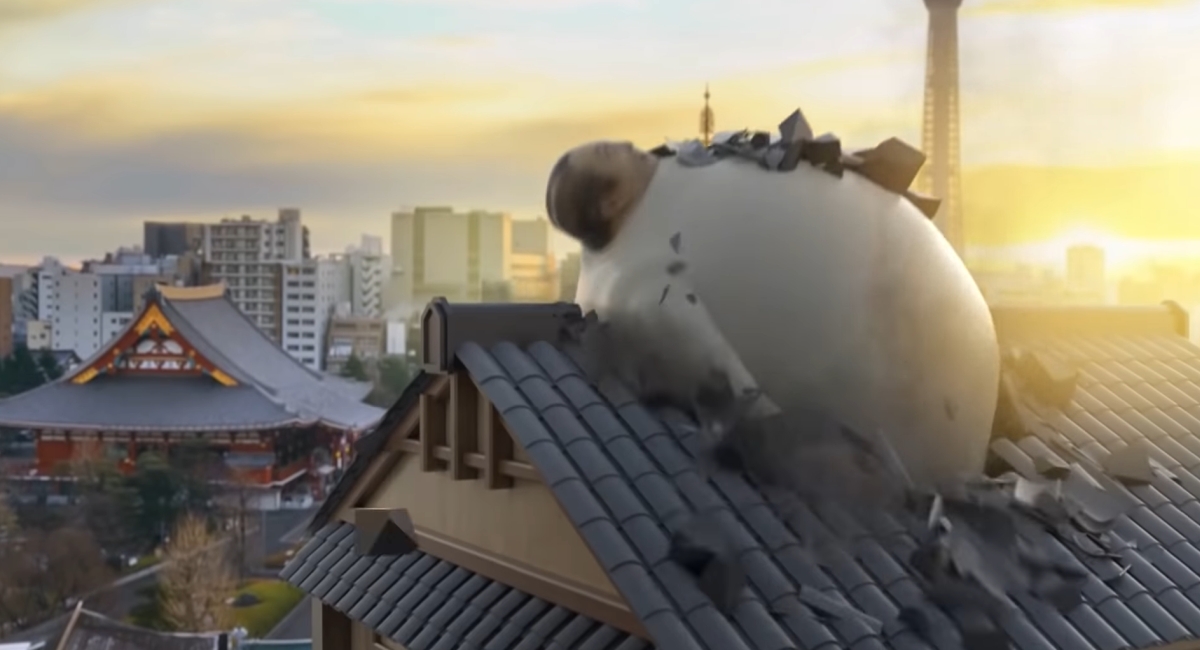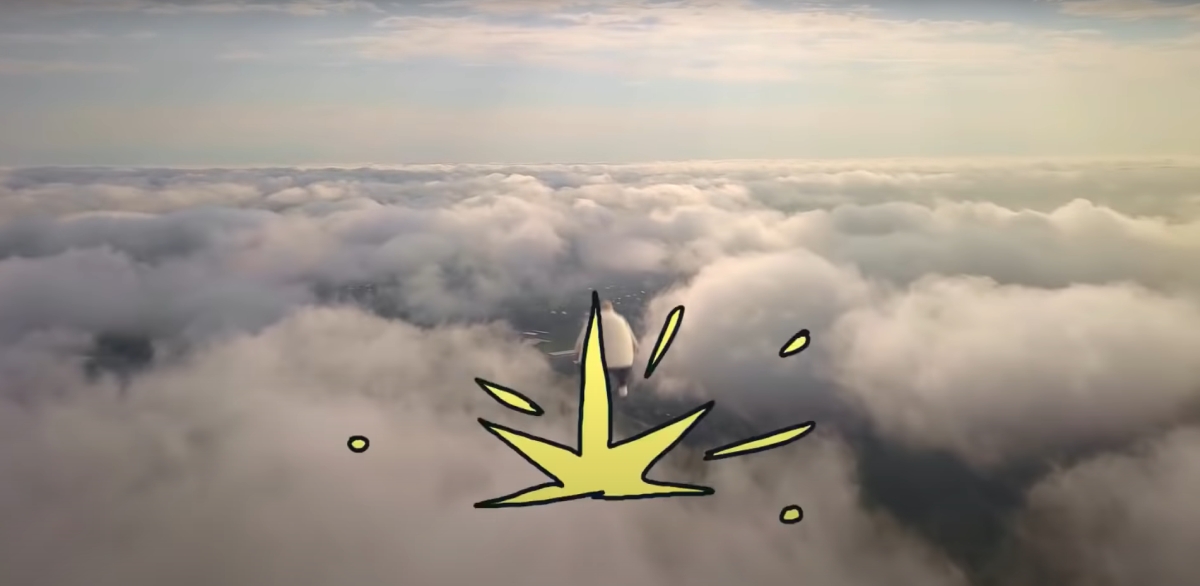The Redmi Note series has always been known for providing great smartphone specs for less than RM1,000. Following the launch of the Redmi Note 9 series, Xiaomi had released a 2-minute long video on YouTube shortly after the global event. Unfortunately, the video has been removed as it has caused some controversy in Japan.
At first glance, it may seem like a typical fun youth-centric video that shows various aspects of the Redmi Note 9 series. It highlights the display, camera, fast charging and long-lasting battery life.
However, for the fast charging portion, the video had shown a man being inflated after eating sushi before exploding into a mushroom cloud over what appears to be Japan. You can watch the video from the 0:36 mark:
Obviously, this doesn’t sit well for the Japanese community as it was deemed insensitive for depicting an atomic bomb explosion in Japan. To add insult to injury, the inflated man was seen as a reference to “Fat Man” which is the codename for the nuclear bomb that was dropped at Nagasaki in 1945 which killed over 80,000 people.
ふざけるな!
— 大仁田厚 Atsushi Onita (@onitafire123) May 6, 2020
シャオミXiaomiのファットマンのCM!
韓国アイドルの原爆Tシャツの時も思ったが
反日教育されてても!
原爆については絶対にNOだ!
どれだけ悲惨で非人道的か!
日本で商売するなら!
長崎原爆資料館を見てから言えよ!
俺は長崎の原爆2世だ! pic.twitter.com/NteLTJQafx
Xiaomi has removed the video after receiving backlash and condemnation. They have also posted an apology note on its social media account admitting that the promotional material had contained ill-considered content and it respects users and cultures around the world.
弊社、最新製品のプロモーションビデオに関するコメントを掲載します。今後の再発防止に努めます。 pic.twitter.com/ZSXbSZElEi
— Xiaomi Japan (@XiaomiJapan) May 6, 2020
According to Abacus, Xiaomi had clarified that the video was conceptualised and produced by a third-party agency for some global markets excluding Japan. It is worth highlighting Xiaomi had officially entered Japan in December last year and it is a tough market, especially for Chinese brands. It was reported that Apple commands 45% of the smartphone market followed by Sharp, Fujitsu, Kyocera and Samsung.
[ SOURCE ]











